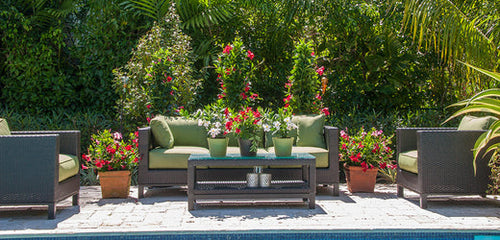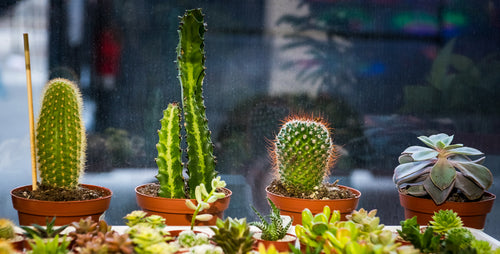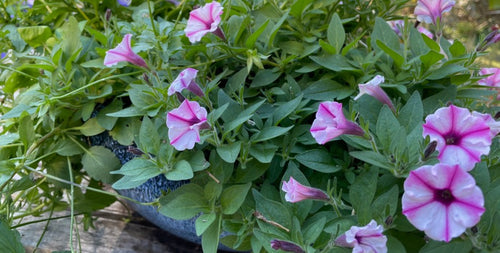Are you thinking about starting a garden this spring? Here is some sage advice: dream big, but start out small. As with all hobbies, scaling your garden to your lifestyle mean more satisfaction. Here are 7 things to consider before you put trowel to soil.

1. Look at Your Light
Where do you want to grow? Does your yard have all shade? Your porch have all sun? Half and half? The type of light in your growing areas will determine what type of plants you can grow. Shade: Plants need less than 3 hours of direct sunlight a day. Partial Shade/Sun: Plants need between 3 and 6 hours of sun per day. They require protection from h2 mid-day sun. Sun: Plants require at least 6 hours of direct sun per day.
2. Decide What to Grow
Picking the plants for your garden is the fun part: do you love flowers? Do you want to grow some of your own food? Do you love foliage? You can have all three! There are no rules. If you want some guidance, here are ideas for a small space garden. The light in your garden area will determine what you can grow. There are annual and perennial flowers that grow in shade or sun. (Their plant tags will tell you light requirements.) Most vegetables require full (all-day) sun.
3. Determine your USDA Zone / Learn your Frost Dates
Your climate zone is important if you plant perennials. Annuals can grow anywhere because they grow only for a season. But annuals care about frost dates. Your USDA Hardiness Zone will tell you when you can plant annual flowers and foliage. Frost kills these plants, so you want to make sure they are protected if you get a sudden cold snap.
4. Consider a Water Source
After you’ve established what kind of light your garden location has, look at water resources. The second most important element for a successful and easy-care garden is water. Locate your plantings or garden near a water source (a hose bib, yard hydrant, access to a sink). You don’t want to carry a heavy watering can too far.
5. Ensure Great Soil: Plant Success from the Ground Up
The third element to a successful garden is good soil. If your are planting in the ground, you may want to do a soil test so you can determine if you need to add amendments to attain healthy soil. If you are planting in containers or beds, use prepared soil mixture or compost for the best growing medium. No matter what type of soil you have, compost is a perfect way to improve it.
6. Gear Up
To start your garden tool collection, you need a few essentials. A trowel and spade will be all you need to plant annuals, perennials, and herbs seedlings. As your plants grow, you’ll find a hand pruner is useful. And as summer progresses, you may decide to buy a hand weeder or hoe.
7. Fit Your Garden to Your Lifestyle
You can create a garden in containers or in the ground. Start small so you can see how your gardening fits with your lifestyle. The great thing about gardening is that you can always go bigger. Learn more about starting your first garden.
Written by Karen Weir-Jimerson

















